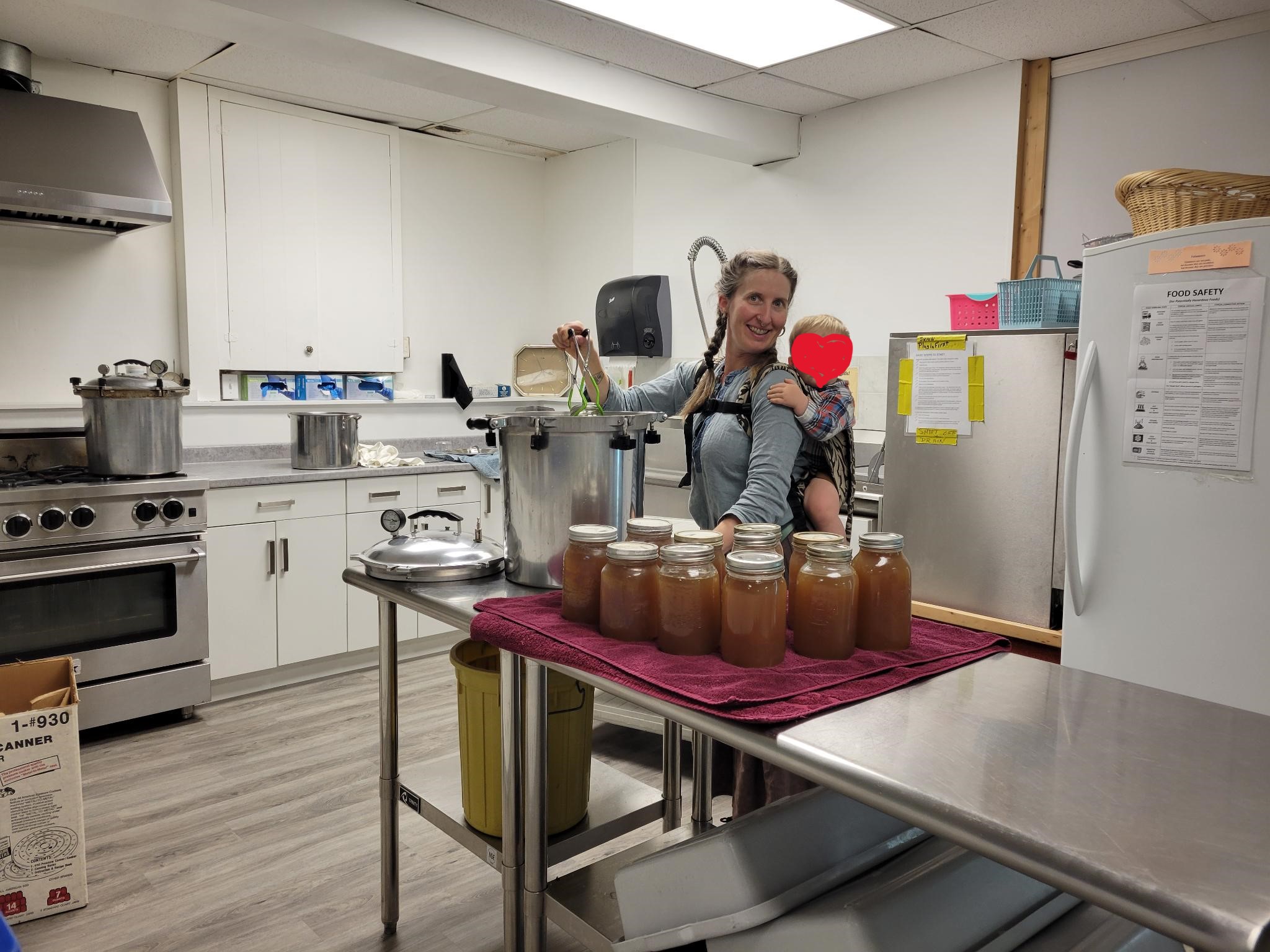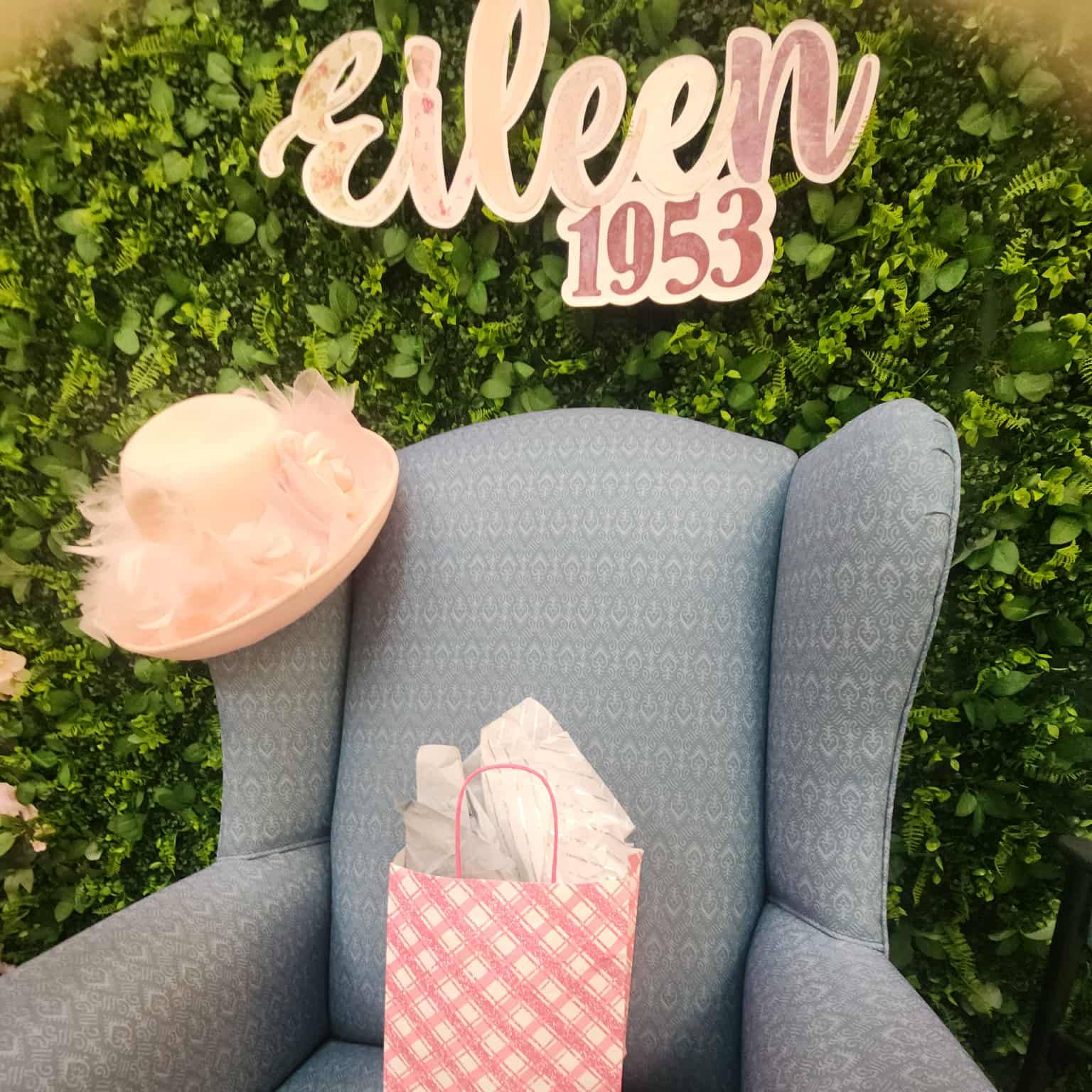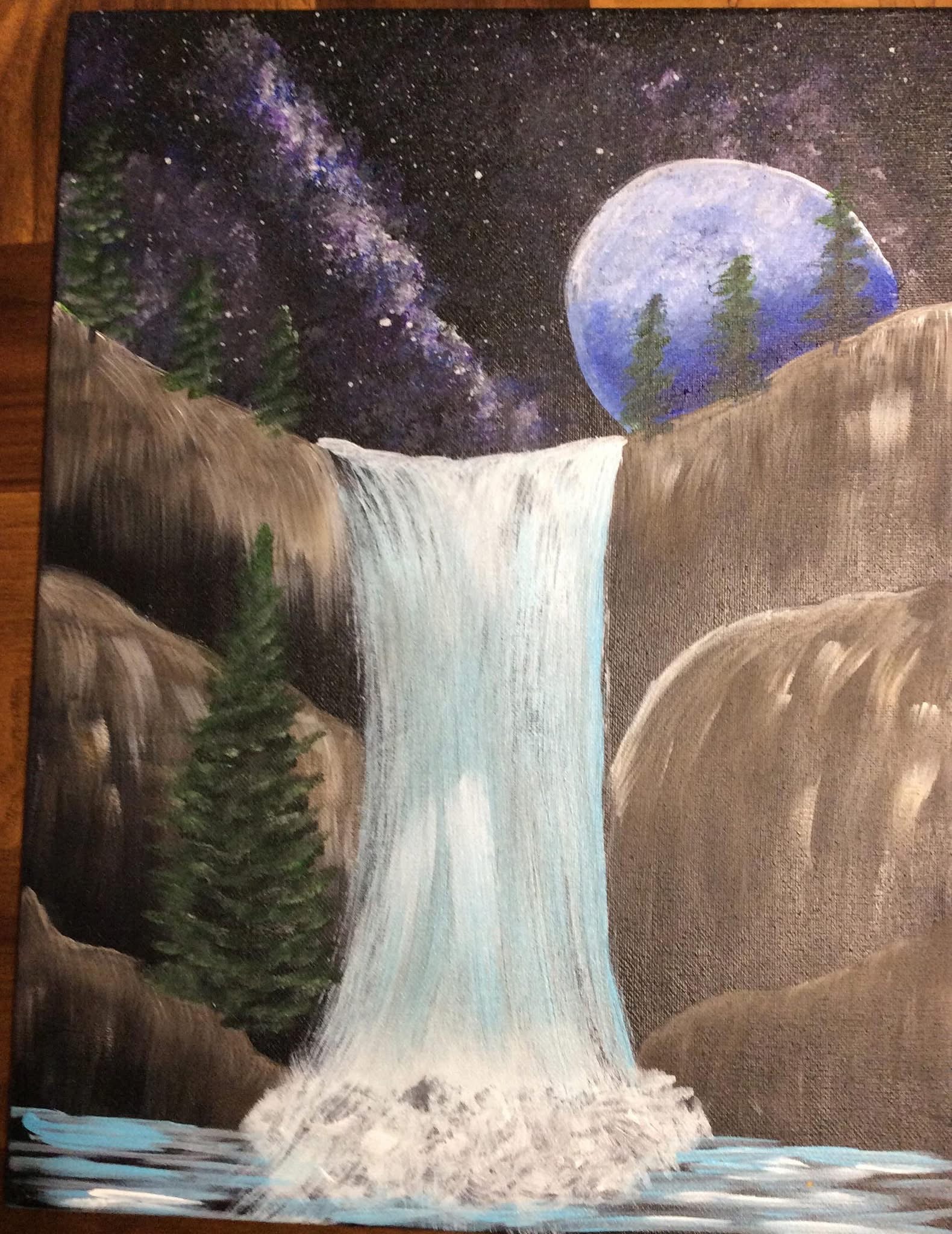When my partner and I decided to start buying half and whole pigs in the lower mainland as a way to support local farmers and save money, we ended up with an abundance of frozen meat. After spending several hundred dollars (and now several thousand with local cows in the interior) on meat, the idea of losing power and losing a large percentage of the meat was very unsettling for me. Very fortunately, a friend’s mom bought us their friend’s pressure canner and we set about learning how to pressure can our own meat and other foods. Fast forward to the atmospheric river in November 2021 just after we had moved to Clinton in the Interior of BC. We hadn’t secured a supplier of meat yet, however we still had an abundance of canned food from before we moved and we weathered the grocery store shortages quite well at the time because of it.
Getting to know the tenuous nature of food security in my region, as well as with several years’ experience canning our own food, I wanted to pass this knowledge onto community members. Many of these same community members would often tell us they were “afraid of that thing blowing up” which is a fear borne purely of lack of knowledge of how pressure canners work. Not to mention folks here are very much reliant on freezers for excess food, and while power outages are rare, they do happen and put that stock at risk.
In addition to the aspects of food security, one of the other thoughts I had was to open up the ability to support our local ranchers and farmers and remove ourselves from reliance on far away farms, corporate middle men and food suppliers.
With this story in mind, I applied for the grant.
When I applied for the grant, I already had about 5-6 people who had agreed to attend the class, so I had a head start on my participant list. The application was submitted with 10 people maximum in mind, though in the end after opening it up to the community I had 18 names on my list!
During my preparation for the workshop, I was very happy to find that the First Nations Health Authority had put out a document on how to pressure can and I included that in my resource handout. We have a large population of Indigenous folks who live within the community so I wanted to include a resource from the FNHA for them. The University of Alaska also has some great resources for hunters and trappers with walrus, game meats and other “unusual” things one might pressure can.
Preparation was a little interesting, as I had been assured by one of the participants that she had a pressure canner. However, upon searching for it she could not find it! Another participant also struck out. In the end we ended up buying a new pressure canner so it all worked out. I was able to source my materials for a good price from Costco and a local rancher, so that was taken care of. All the meat was pre-chopped by myself the morning of so it was ready to go immediately when the class started.
In the end, I recruited my partner to do the canning while I talked about what we were doing and I am very grateful he agreed to help. This was a pretty hectic class! Pressure canning is a very time-expansive task, needing at minimum nearly 2 hours to do even short canning sessions, so I warned my participants to be on time so we could stay within my booked time in the Legion basement.
On the day of, I had 6 participants bow out, including a local journalist who I was counting on to take photos. As a result of this and the hectic nature of the class, I completely forgot to ask someone to take pictures!! The only photos I have are after the fact when we were cleaning up.
We started out by pressure canning chicken breast and stewing beef as they were the most time-consuming item, then moved onto the beef stock. While my partner placed the food into the jars, I spoke about the parts and safety features of the canners, interspersed with comments about how to fill the jars and why.
Once everything was in the canners, we moved to a presentation of the Washington State University booklet on canning meat, where I recapped the whole process we had just witnessed in the kitchen. I offered many insights from our years of canning as well.
In the end I let our participants go early, around 2 hours from the start of the class. It was only then that I realized a local journalist did not come to the class and I had forgotten to ask someone else to take photos! And so, the only phot I have is from when we were cleaning up.



